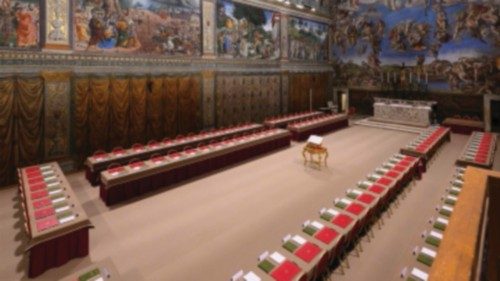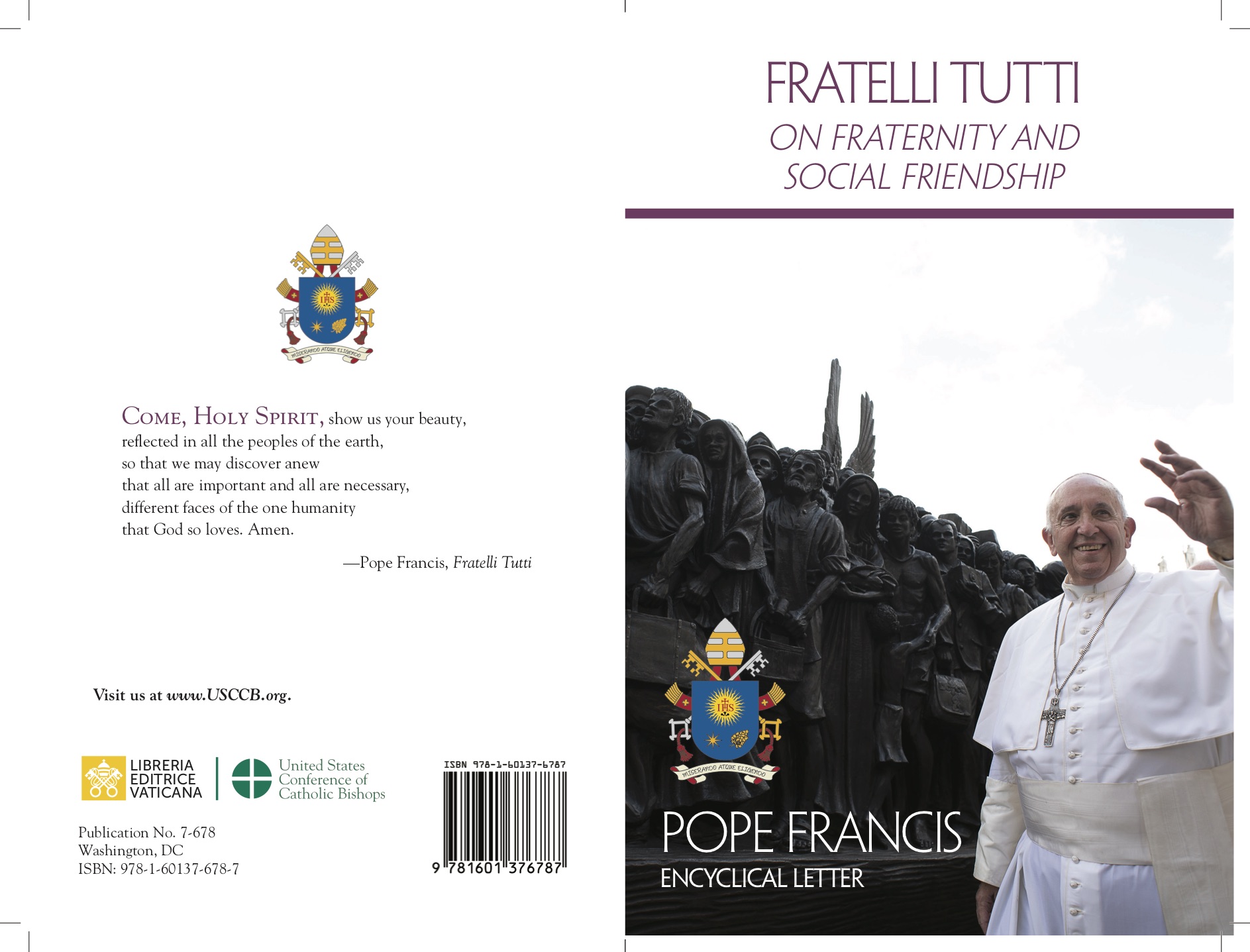
On Wednesday, 7 May, after the morning votive Mass in Saint Peter’s Basilica, where the Cardinal electors prayed for the Holy Spirit’s guidance, the Conclave for the election of the new pope officially opened.
The Cardinals who were over 80 years old and not able to vote were able to attend the pre-conclave Mass. That afternoon, the Catholic Church’s most secret and fascinating ritual began.
The Cardinal electors gathered in the Vatican’s Pauline Chapel and from there they departed in procession, intoning the Litany of the Saints, to the Sistine Chapel. At the entrance, the Veni, Creator Spiritus, the invocation to the Holy Spirit, was sung.
Once inside, each Cardinal stood individually in front of a lectern with the Gospel open, and took a solemn oath of secrecy, resting his hand on the sacred text. Msgr Diego Ravelli, Master of Papal Liturgical Celebrations, then said the Latin command, “Extra omnes!” which means, “Everyone out!” All but the 133 Cardinal electors left the chapel, and the conclave officially began.
How does the voting system work?
Each Cardinal is allocated a desk, on which sits a pen and a pile of ballot papers with the words Eligo in Summum Pontificem (I elect as Supreme Pontiff) printed at the top. They write their preferred name, fold the paper in half and place it in a bronze urn.
Each day, three scrutineers (to count the votes) are chosen by lot from their number, plus three infirmari who collect ballots from ill cardinals, and three revisers (to verify the count).
The ballot papers are counted and recounted before being threaded with a needle — piercing the word eligo — into a bundle. The ballots are burned in a cast-iron stove dating back to 1939. If there is no result, chemicals are added to make the smoke black; if there is a successful candidate, the chemicals turn the smoke white.
The smoke travels through a flue that leads to a chimney installed on the roof. Vatican firefighters are on standby. When white smoke emerges from the chimney, bells are also rung, signalling to the crowds outside that Habemus Papam: we have a pope.
What happens to the new pope?
The Dean of the College of Cardinals asks the man: “Do you accept your canonical election as Supreme Pontiff?” If he agrees, he must decide his papal name. The Cardinals then pledge obedience to the new pope. Usually small, medium and large cassocks are made in advance.
Then he is led to the “Room of Tears”, a small room where he changes into a white papal cassock.
The new pope is led to the main balcony of Saint Peter’s Basilica to greet the crowds.




 Purchase the Encyclical here Fratelli Tutti
Purchase the Encyclical here Fratelli Tutti